Discover how Calla Shoes scaled from boutique brand to global success with fulfilmentcrowd’s expert eCommerce fulfilment solutions. 460% order growth, 33% CAGR, and international expansion supported by world-class logistics.
Audio reader
.jpg?width=300&name=What%E2%80%99s-Next-for-Demand-Forecasting-blog-advert%20(1).jpg)
Download your copy of the Demand Forecasting eBook
Reviewing predictive analytics, AI, and sustainability in inventory management.
Download the eBookThe sports, leisure, and gym industries are flexing their eCommerce muscles like never before. Whether it’s athleisure wear dominating casual fashion, home gym equipment surging in popularity, or smart fitness tech redefining workouts, this sector is in the midst of a transformation. And we’re working up a sweat just to keep up!
In fact, the global sports and leisure equipment market was valued at approximately USD 93.01 billion in 2024 and is projected to reach USD 128.84 billion by 2034, growing at a compound annual growth rate (CAGR) of 3.3% during the forecast period. We don’t know about you, but that gives us the ultimate runner’s high.
What’s driving these changes? From the rise of direct-to-consumer (DTC) brands to the power of social media influencers, and the demand for sustainability and personalisation, let’s cut to the race and explore the key global eCommerce trends shaping this dynamic market.
1. The rise of DTC brands: Going against the hurd-le
More brands are ditching traditional retail channels and going direct to consumer (DTC) - and it’s paying off. DTC allows brands to own the customer relationship, control pricing, and deliver personalised experiences without relying on third-party retailers.
Why it’s working in sports & fitness
- Nike and Adidas have aggressively grown their DTC sales, shifting focus from wholesale to their own digital platforms.
- On Running and Gymshark have built global brands without relying on traditional retail, using social-first strategies to drive engagement and loyalty.
- Specialist fitness brands, such as Peloton and WHOOP, have mastered subscription-based DTC models, ensuring recurring revenue and deep customer insights.
Takeaway: If you’re still relying solely on retail partnerships, now is the time to build a stronger DTC channel. An optimised eCommerce fulfilment strategy ensures a smooth transition, with efficient inventory management and rapid global delivery.
2. Social media’s influence: The ‘TikTokification’ of fitness
Social media is no longer just a marketing tool. Platforms like TikTok, Instagram, and YouTube are driving eCommerce trends - and more importantly, sales - especially in sports, leisure, and gym gear.
How social media is changing buying habits
- Viral products: One well-placed TikTok video can skyrocket demand for a product overnight. Think weighted hula hoops, massage guns, or smart skipping ropes. Yes, they might sit under the stairs, gathering dust after January, but the intention is there (that’s what we keep telling ourselves).
- Influencer-led brands: Athletes and fitness influencers are launching their own eCommerce brands, cutting out traditional sponsorships. (Hello, KSI and Logan Paul’s PRIME drink!)
- Live shopping & real-time engagement: Brands are using live product demos on TikTok Shop and Instagram Live to convert viewers into customers instantly.


Takeaway: If your brand isn’t leveraging social media for product discovery and direct sales, you’re missing out. Partner with influencers, run targeted ad campaigns, and ensure your fulfilment operation can scale quickly if a product goes viral
3. Sustainability: Consumers expect more than greenwashing
The demand for sustainable fitness gear isn’t a niche movement - it’s mainstream. Consumers want eco-friendly options, but they’re also savvy enough to spot greenwashing. With the internet at our fingertips, it’s pretty easy to do some desktop research and find out who is really doing it - and who is just paying lip service. So don’t get caught out.
Sustainable eCommerce trends in sports & gym
- Recycled materials: Brands like Patagonia and Veja are leading the way with responsibly sourced athletic apparel and footwear.
- Resale & rental models: Decathlon and Lululemon now offer buy-back and rental schemes, giving products a second life.
- Eco-conscious fulfilment: More brands are choosing carbon-neutral delivery options and circular economy logistics.
Takeaway: Sustainable eCommerce isn’t just about products. Logistics needs a look in too. fulfilmentcrowd’s sustainable fulfilment solutions help brands reduce waste, use eco-friendly packaging, and optimise shipping for a lower carbon footprint.
4. Personalisation: The demand for customised fitness gear
Today’s consumers don’t just want high-quality products. They want products tailored to them. Customisation is a growing trend in sports and leisure eCommerce, with brands offering made-to-measure, personalised, and AI-driven recommendations.
Examples of personalised fitness eCommerce
- Nike By You: Customers can design their own trainers, choosing colours, materials, and text.
- MyProtein & Huel: Offering personalised nutrition plans based on fitness goals and dietary preferences.
- Wearable tech personalisation: Devices like WHOOP and Oura provide real-time insights tailored to each user’s fitness levels.
Takeaway: If you’re not offering personalisation in some form, you risk falling behind. Ensure your fulfilment setup can handle on-demand customisation and flexible order management.
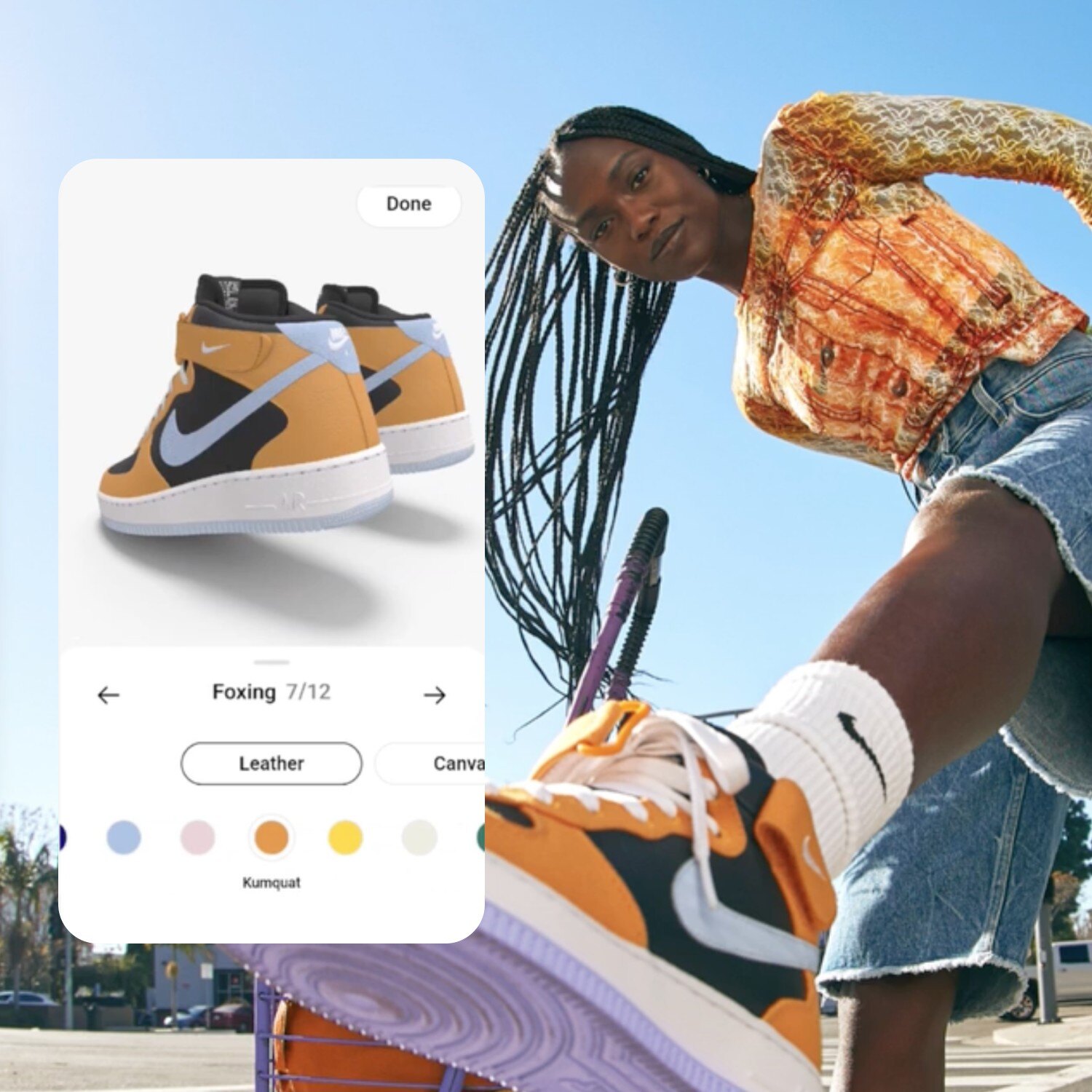
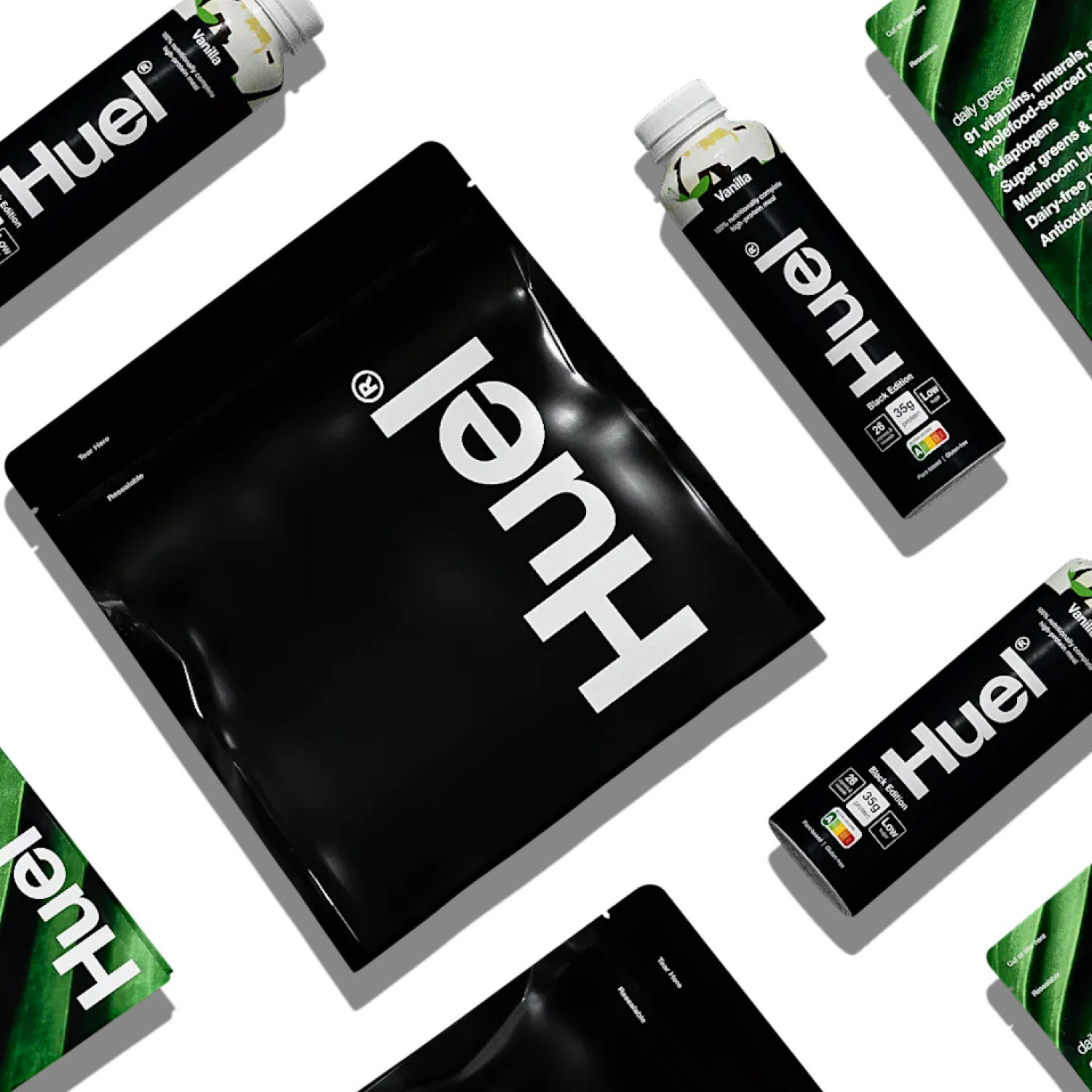
5. Global expansion: Breaking into new markets
Fitness trends are going global - and so are eCommerce brands. With rising demand for premium fitness gear across Europe, North America, and Asia, businesses are scaling faster than ever.
Key growth markets for sports & fitness brands
- APAC: Demand for Western fitness brands is surging, particularly in China, Japan, and South Korea.
- Middle East: Luxury fitness and athleisure brands are booming in Dubai and Saudi Arabia.
- Latin America: The fitness tech market is experiencing double-digit growth in countries like Brazil and Mexico.
Takeaway: Expanding internationally requires a robust fulfilment network. fulfilmentcrowd’s global warehousing and shipping solutions make it easy to enter new markets quickly, without hefty infrastructure investments. Check out our UK fulfilment services, EU fulfilment services, and US fulfilment services here.

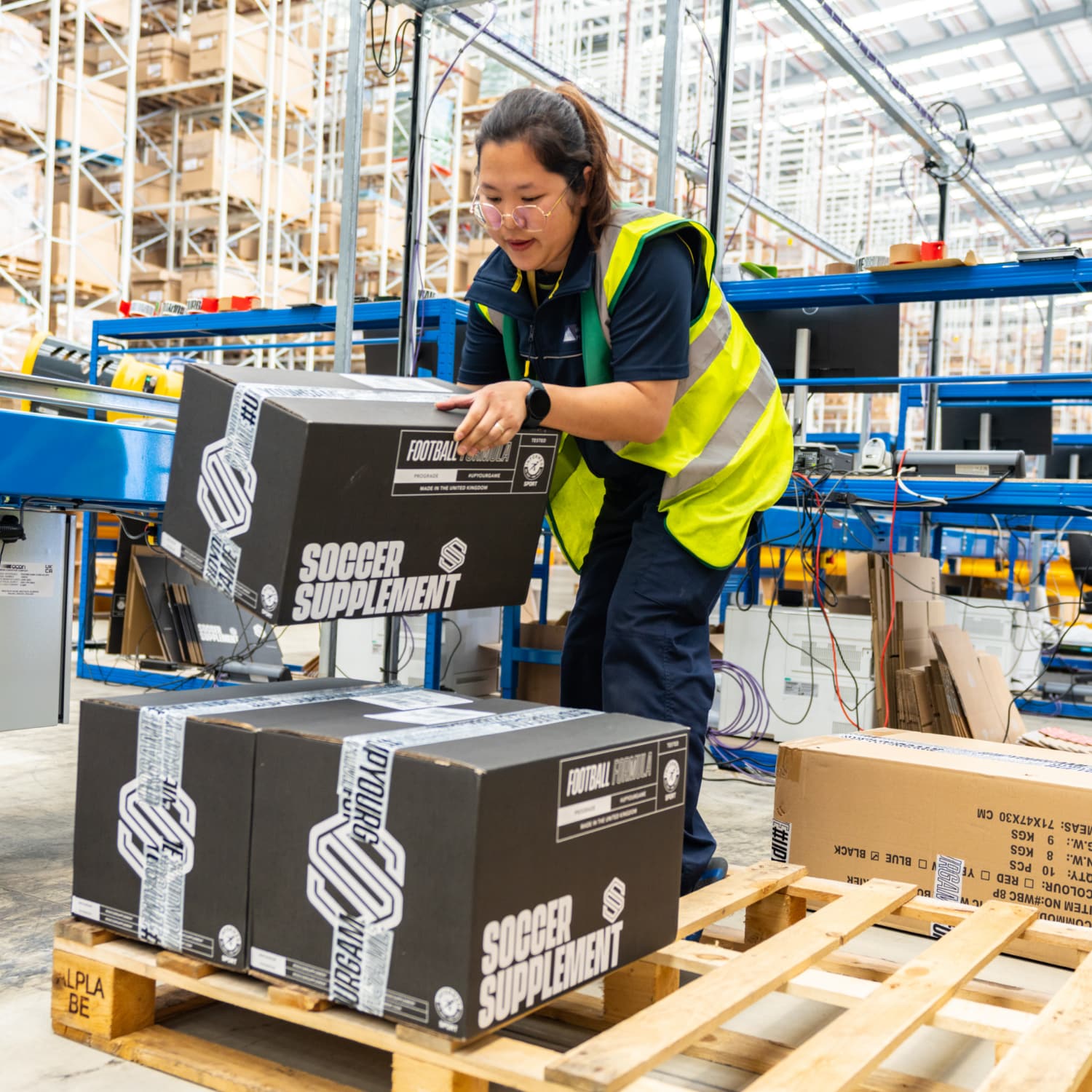
6. The subscription boom: Fitness on repeat
Subscription-based eCommerce is flexing its muscles in the sports, leisure, and gym industries. Consumers aren’t just buying products; they’re committing to long-term memberships, replenishment services, and exclusive content that enhances their fitness journey.
Why subscription models are thriving in fitness eCommerce
- Fitness equipment & gear: Brands like Peloton and Lululemon Studio offer hardware with built-in subscription-based training and coaching.
- Supplements & nutrition: Subscription services for protein powders, meal replacements, and wellness supplements (e.g. Huel, MyProtein) ensure customer retention and recurring revenue.
- Wearable tech & data analytics: Devices like WHOOP and Oura integrate subscription models for advanced health insights and coaching.
- Online workouts & digital communities: Platforms such as Centr and Apple Fitness+ provide on-demand workout content, nutrition plans, and personalised coaching for a monthly fee.
Takeaway: Subscription models don’t just work because they’re convenient; they also drive customer loyalty and predictable revenue. Brands looking to implement subscriptions need a fulfilment partner that can handle recurring orders seamlessly. fulfilmentcrowd’s automated inventory management and global shipping solutions make it easy to scale subscription-based fitness brands without logistical headaches.
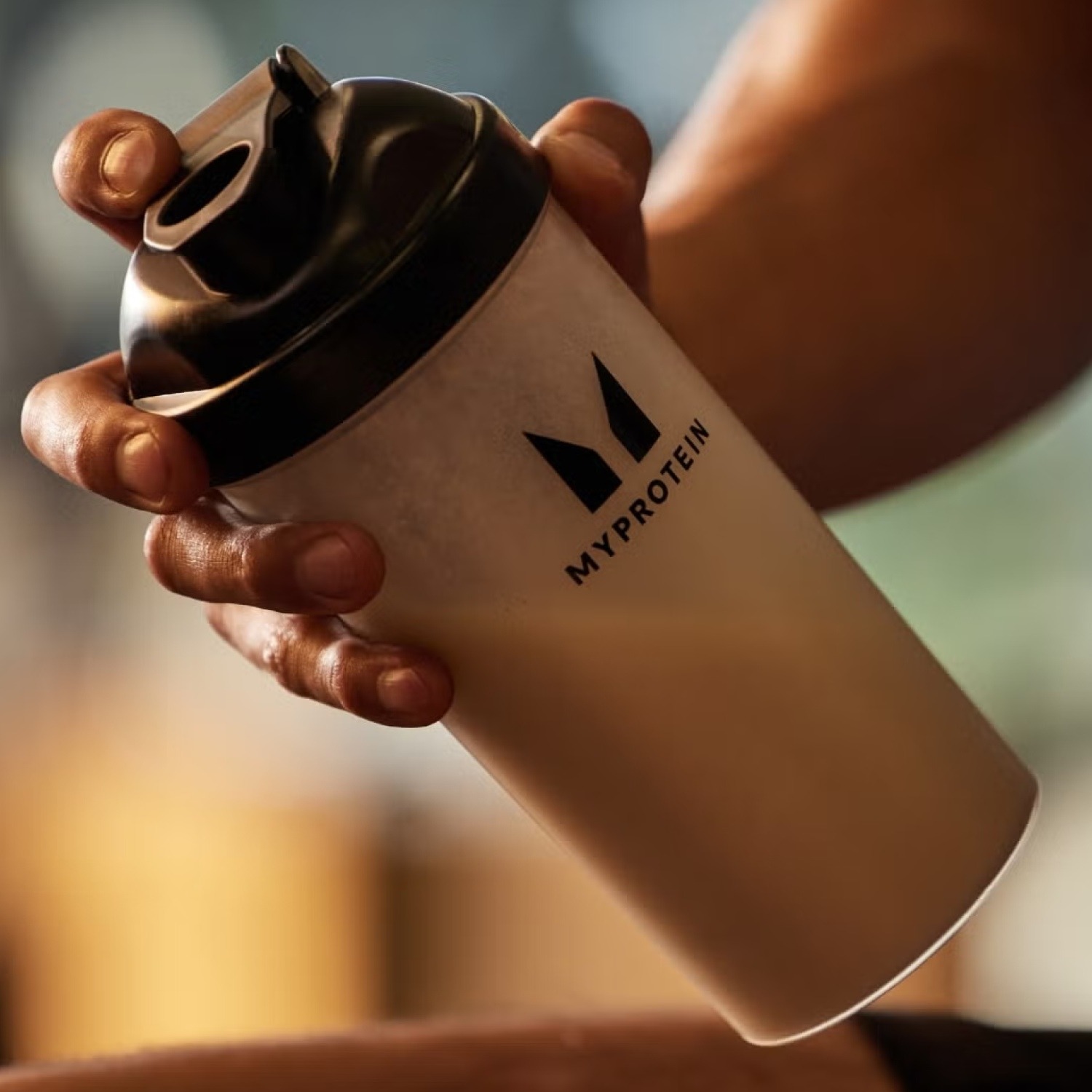
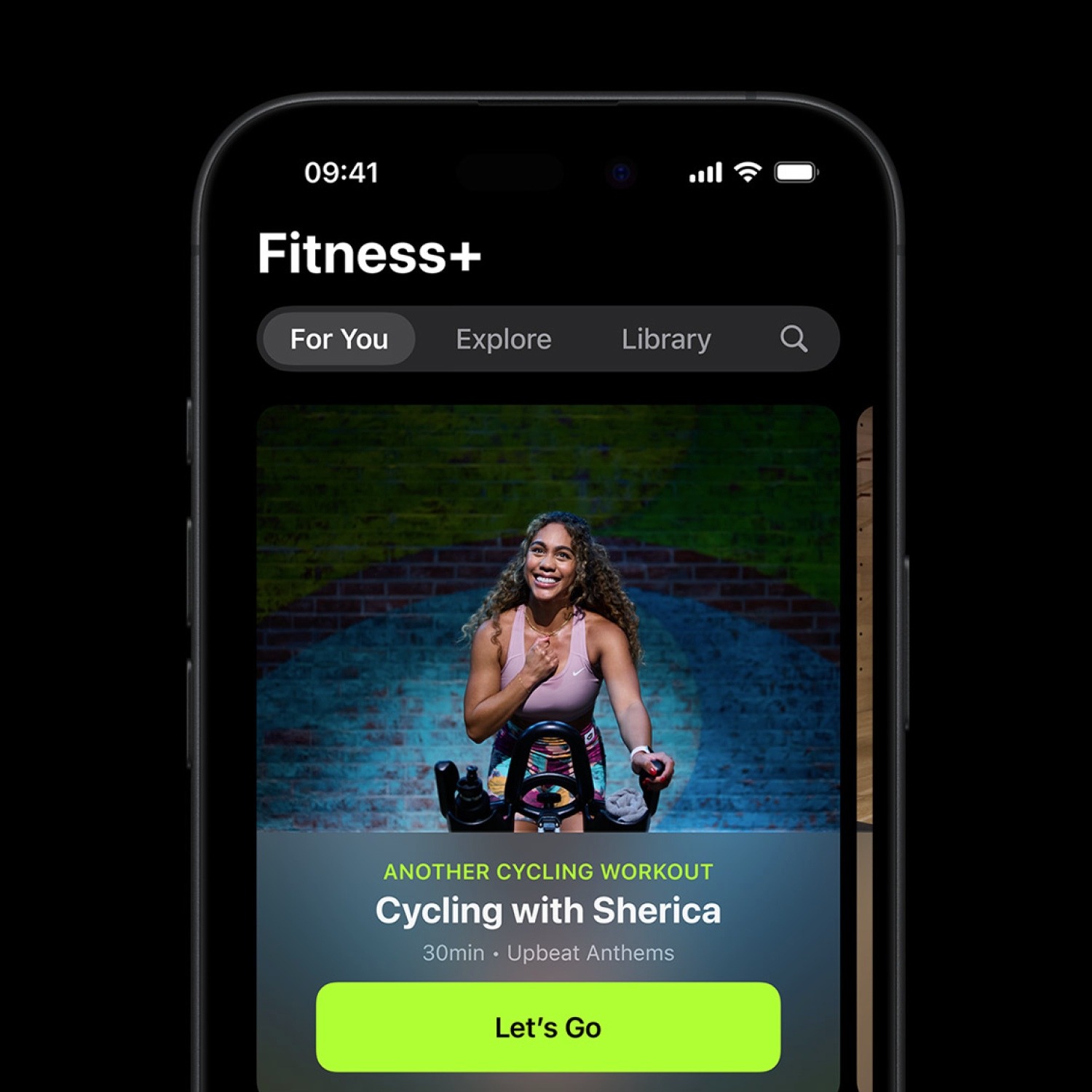
Stay ahead or fall behind
The sports, leisure, and gym eCommerce landscape is evolving rapidly. Whether it’s the rise of DTC brands, the power of social media, or the demand for sustainability and personalisation, businesses need to adapt or risk being left behind. Just like us when we attempted Hyrox without the right training plan in place. It was a sweaty, sweaty embarrassment.
But scaling up isn’t just about trends - it’s about having the right fulfilment strategy in place. At fulfilmentcrowd, we help sports and fitness brands grow fast, deliver seamlessly, and stay ahead of the competition.
Power your brands growth with smarter fulfilment
Stay ahead of the competition with a fulfilment strategy built for speed, scalability, and seamless delivery.
Looking for more industry insights?
Check out our other recommendations just for you!
See allIn FY25, we supported more brands than ever, shipping 9 million orders and expanding globally. Discover what’s driving our growth and what’s next for FY26.
Discover how Ed Hardy have thrived on a global scale when presented with challenges such as the aftermath of Brexit.





.jpg?width=300&name=Magna-park%20(1).jpg)
 By Alice Davies
By Alice Davies




